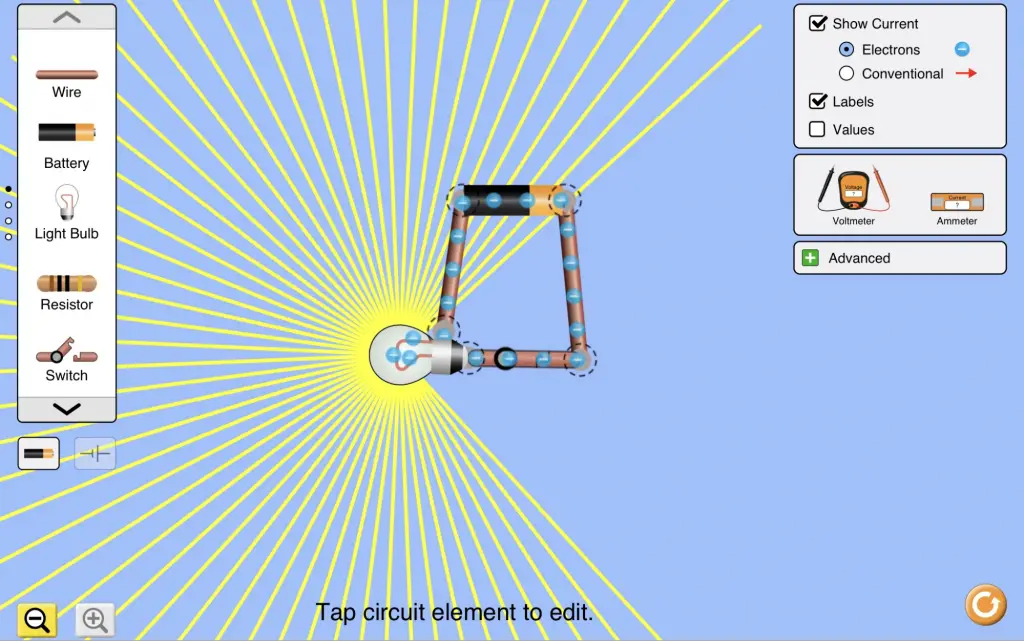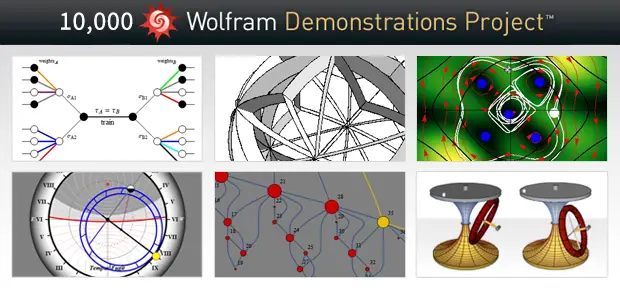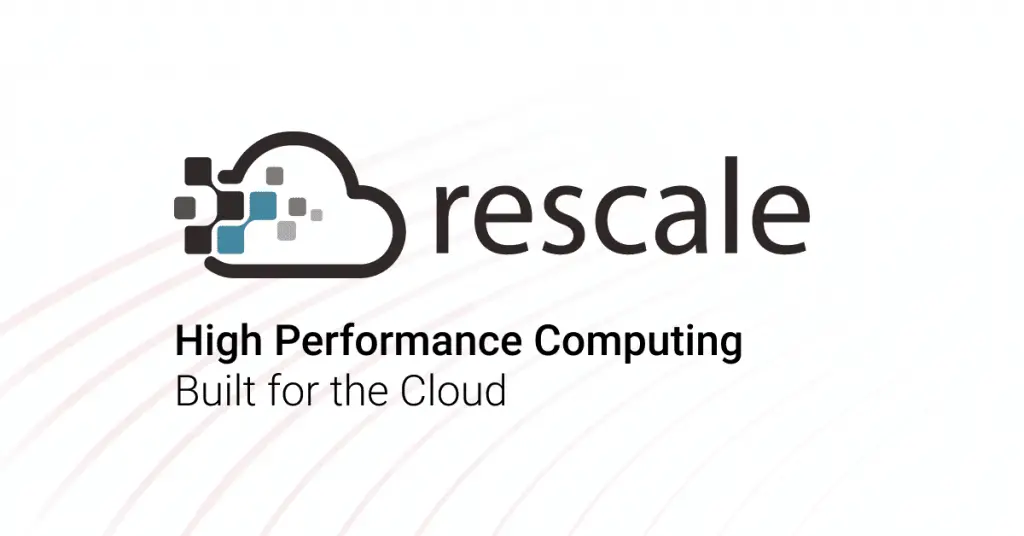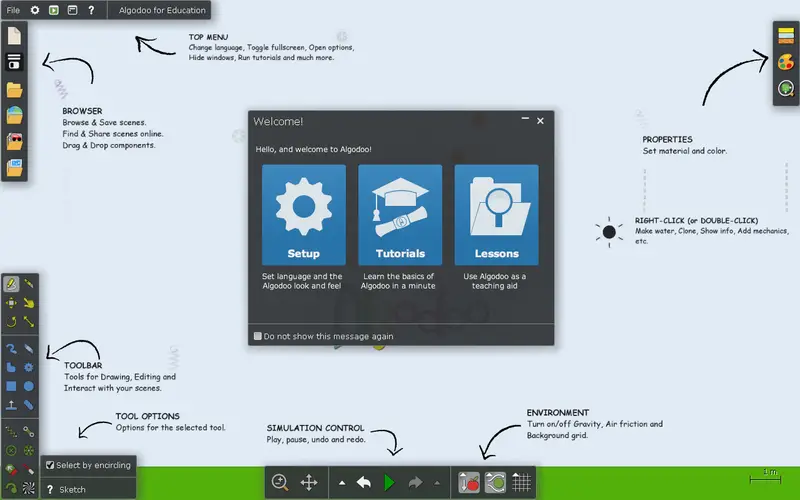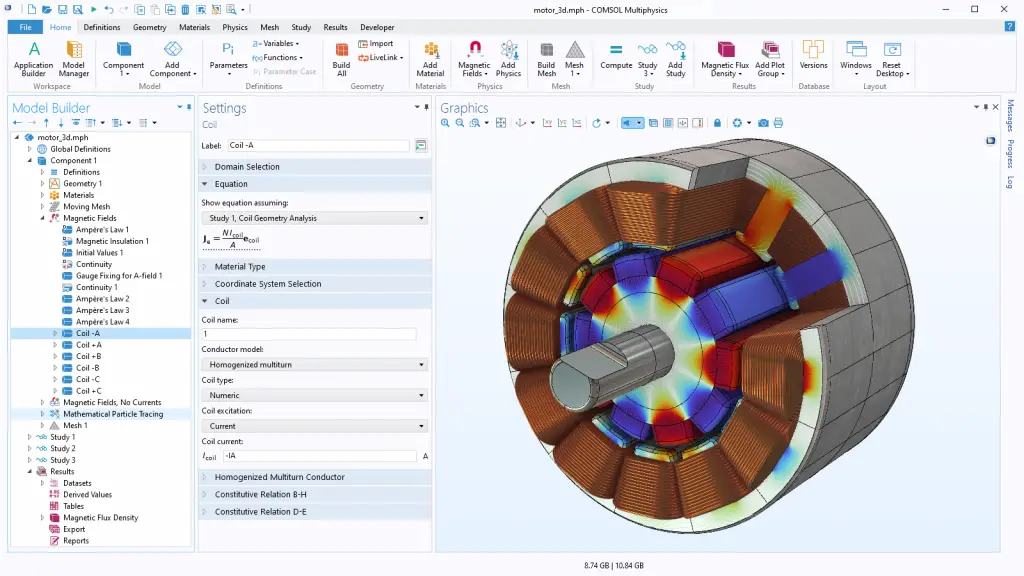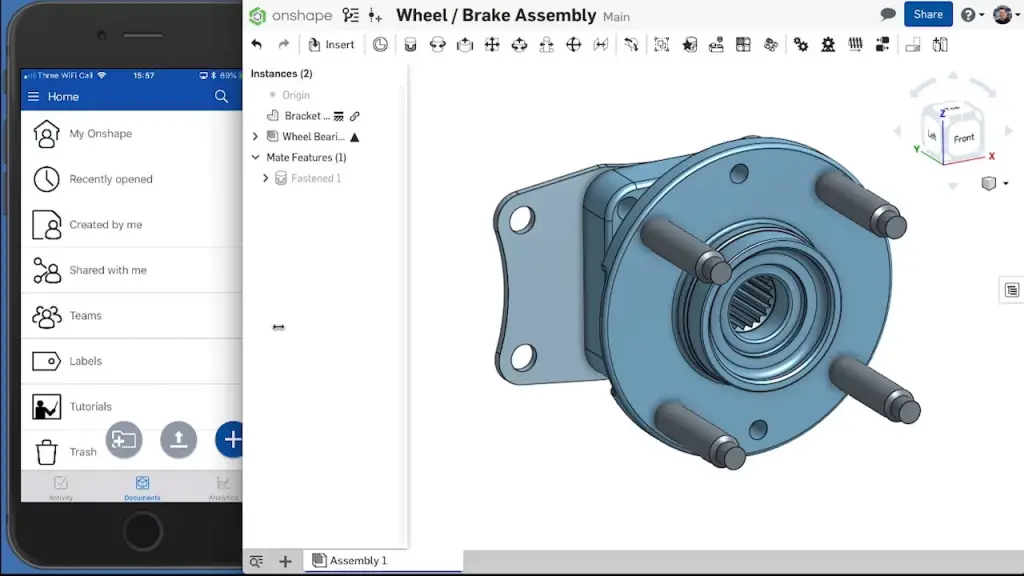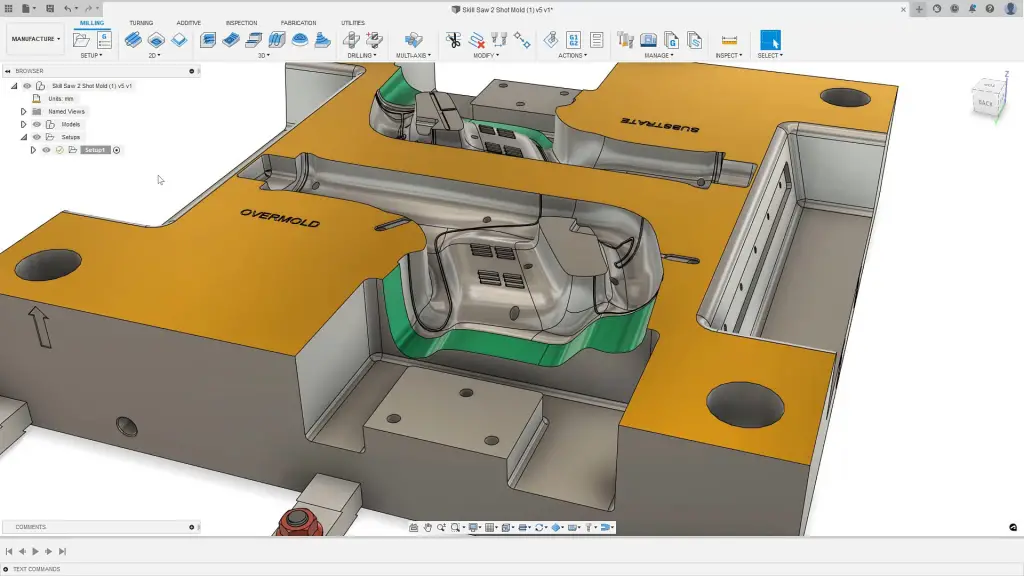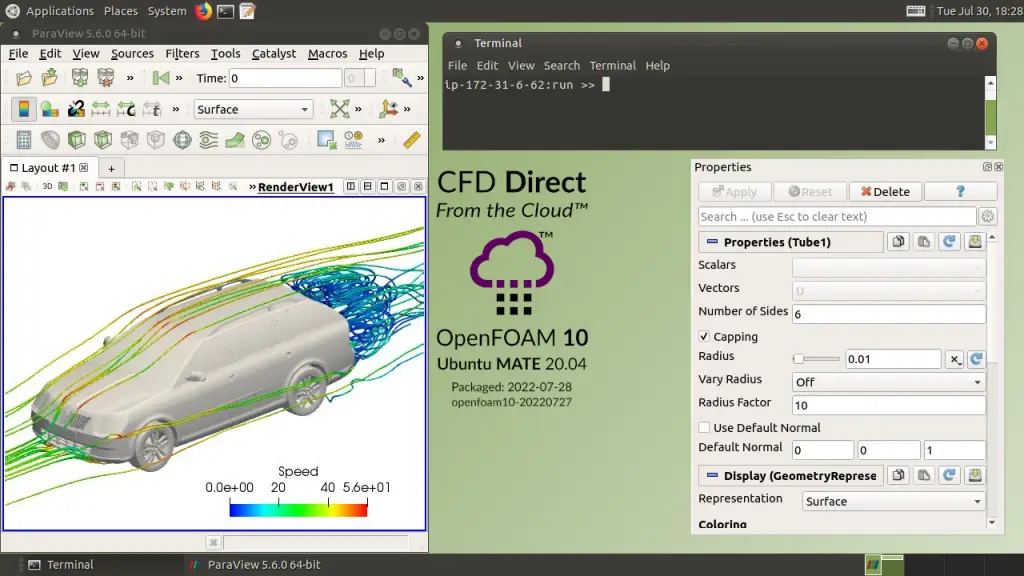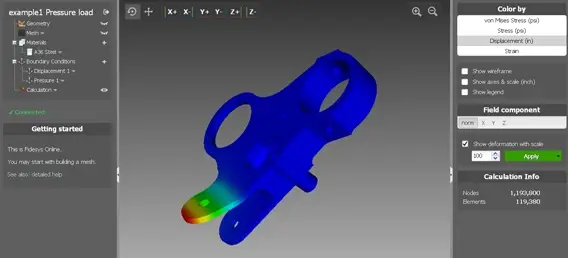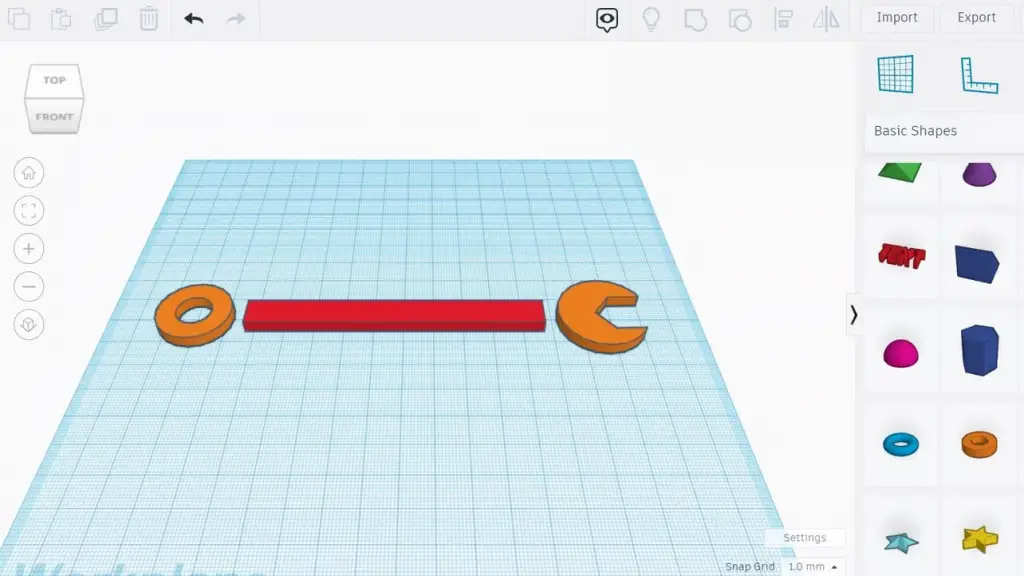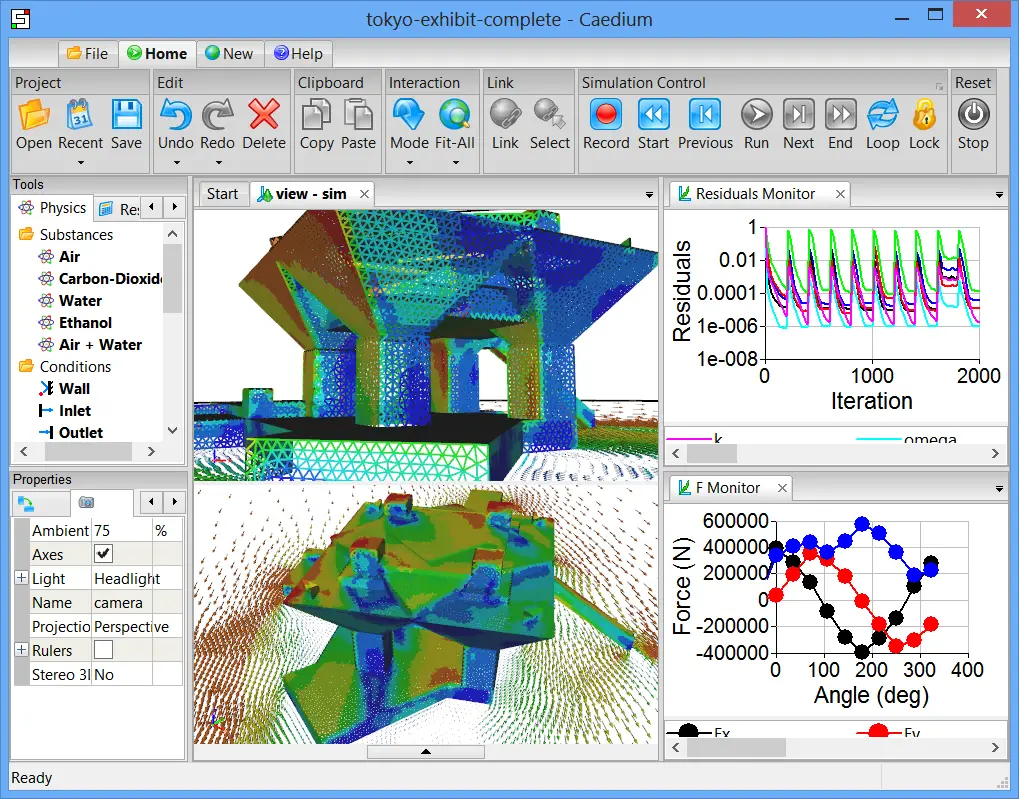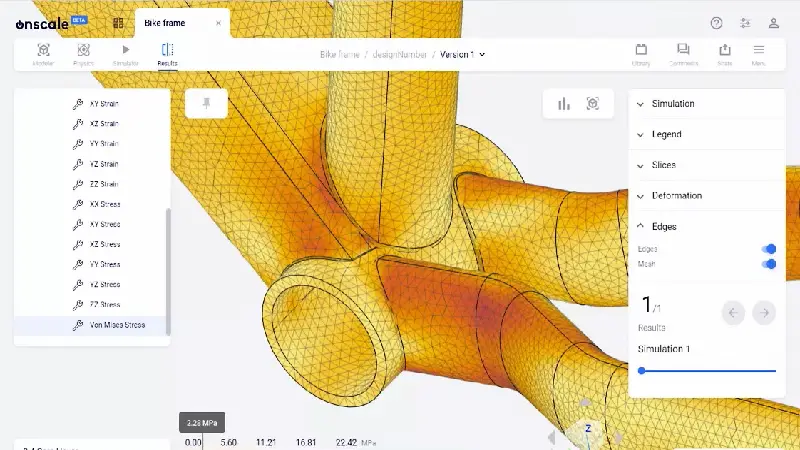Are traditional physics lessons getting dull? Spice up learning with the 15 best cloud-based tools for physics simulations.
Ever feel like traditional classrooms can’t quite capture the magic of the universe? Well, you’re not alone. Online learning is not just a trend—it’s reshaping how we interact with complex subjects.
Think of vibrant, cloud-based tools as your new best friends, turning those brainy physics concepts into something you can almost touch and play with. It’s like turning textbook pages into living experiences. Curious? Dive in with me and let’s see what’s out there
Table of Contents
Overview
Cloud-based physics simulations? Absolute game-changers. Here’s the deal: Remember those physics concepts that used to seem like a tangled mess? These tools are making them come alive, almost like they’re putting on a show just for you.
It’s way beyond passive learning. It’s like being handed the keys to the universe and being told, “Go on, play around.” And the best bit? You’re not tied down.
Being cloud-based means physics is literally in your pocket, anytime, anywhere. Keen to know more? Stick around, and we’ll spotlight some real gems in this space. Let the exploration begin!
#1. PhET Interactive Simulations: Best for educational physics simulations
Summary
- Interactive, easy-to-use platform
- Focus on educational simulations
- Wide range of topics covered
Have you had a spin with PhET Interactive Simulations yet? This simulation software isn’t just another tech tool—it’s like the magic wand of the education world. Born and brewed at the University of Colorado Boulder, it’s crafted specially to jazz up physics lessons.
Benefits
- Hands-on Fun: Slide things around, twist some knobs, and watch the reactions unfold. That’s interactive learning for you.
- All-Around Coverage: Quantum quirks or classical coolness, PhET’s got the whole menu.
- Freebies: No price tag, no fuss. It’s up for grabs for simulation users, be it eager students or dedicated educators.
What’s the buzz about PhET? It’s not just simulation software—it’s simulation software with a heart in education. With its vast array and playful approach, it’s no wonder PhET is a top pick in classrooms, turning hard-to-grasp concepts into playful experiments.
How much does it cost?
- Free
Source: https://phet.colorado.edu
#2. Wolfram Demonstrations Project: Best for visualizing physics concepts
Summary
- Powered by Mathematica
- Extensive library of simulations
- Focuses on visualization
Ever heard of the Wolfram Demonstrations Project? Picture this: Mathematica’s might meets a cloud-based simulation platform, giving birth to some of the most captivating physics visuals you’ve ever seen.
It’s like flipping through a comic book of complicated physics topics, but everything’s moving and interactive!
Benefits
- See to Believe: Turns those head-scratching theories into “Aha!” moments with vibrant visuals.
- From A to Z: Whether it’s the mysteries of quantum mechanics or the dance of celestial bodies, Wolfram’s got the lot.
- Teacher’s Pet: Makes educators’ lives a breeze, giving them a dynamic way to show, not just tell.
In the vast sea of educational tools, Wolfram shines bright. By turning dense content into digestible demonstrations, it’s won the hearts of both teachers and students, making learning not just informative but also downright fun.
How much does it cost?
- Not provided
Source: https://demonstrations.wolfram.com
#3. Rescale: Best for scaling simulation workloads in the cloud
Summary
- Dynamic scalability for heavy-duty simulations
- Customizable workflows
- Integrated with popular simulation tools
Rescale is the heavyweight champ for those heavy-duty simulations. Tailored for projects that demand immense computational power, it allows students and researchers to scale up their workloads, ensuring no simulation is too vast to handle.
Benefits
- Elastic Scalability: Adapt resources based on the simulation’s complexity.
- Seamless Integration: Compatible with a wide range of simulation tools.
- Optimized Performance: Faster results without compromising accuracy.
Rescale redefines what’s possible in academic research. By providing unparalleled cloud-based computing resources, it encourages students to dream big, knowing they have the power to tackle even the most ambitious projects.
How much does it cost?
- Not provided
Source: https://rescale.com
#4. Algodoo: Best for 2D mechanics educational simulations
Summary
- Intuitive 2D simulation tool
- Incorporates real-world physics
- Engaging and playful design
Algodoo offers a playful yet scientifically accurate platform for 2D mechanics simulations. By merging fun with education, it presents physics concepts in an enjoyable format, encouraging students to explore and experiment.
Benefits
- User-Friendly Interface: Makes mechanics approachable.
- Educational and Fun: Merges learning with play.
- Real-World Physics: Accurate simulations that mirror reality.
Algodoo is the perfect blend of fun and education. Its approachability makes mechanics less intimidating, encouraging students to delve deeper and understand better.
How much does it cost?
- Free
Source: http://www.algodoo.com
#5. SimScale: Best for engineering simulations
Summary
- Tailored for engineering projects
- Robust simulation options
- Cloud-based scalability
SimScale brings the complex world of engineering simulations to the fingertips of budding engineers. With a range of tools that cater to real-world challenges, students can experiment, analyze, and innovate without the constraints of traditional software.
Benefits
- Diverse Simulation Types: From fluid dynamics to thermal studies.
- Real-Time Collaboration: Team-based projects are made easy.
- Education-Focused Pricing: Making it accessible for institutions.
SimScale not only facilitates advanced engineering simulations but also nurtures the spirit of collaboration. It’s an essential tool for students looking to blend theory with practical application in engineering.
How much does it cost?
- $0.10/hour
Source: https://www.simscale.com
#6. COMSOL Multiphysics: Best for multiphysics problem dynamic modeling
Summary
- Comprehensive multiphysics platform
- Customizable modules
- Integration with other software
COMSOL Multiphysics tackles the challenge of modeling interconnected physical phenomena. For students diving into interdisciplinary studies, it offers a platform where multiple physics domains interplay seamlessly, revealing the beauty of interconnected science.
Benefits
- Interdisciplinary Approach: Combine different physics fields in one model.
- Modular Design: Customize based on academic needs.
- Integration Capabilities: Works with other major software for enhanced functionality.
The magic of COMSOL is its ability to make connections. Students can witness the dance between different physics domains, fostering a holistic understanding that transcends traditional subject boundaries.
How much does it cost?
- From $495
Source: https://www.comsol.com
#7. Onshape: Best for collaborative 3D CAD design
Summary
- Real-time collaboration on 3D designs
- Fully cloud-based
- Rich feature set for design
Onshape is a modern take on CAD design, embracing the power of collaboration. With a cloud-native approach, students and educators can co-create, tweaking designs in real-time, sparking creativity and teamwork in design projects.
Benefits
- Instant Collaboration: Work together from any location.
- Rich Toolkit: Advanced design tools at your disposal.
- Platform Agnostic: Accessible on any device, anytime.
Onshape makes 3D design not just a task, but a team endeavor. It’s where creativity meets collaboration, allowing students to learn, iterate, and innovate together.
How much does it cost?
- $1500/year
Source: https://www.onshape.com
#8. Autodesk Fusion 360: Best for integrated CAD, CAM, and CAE
Summary
- Fusion of CAD, CAM, and CAE
- Sleek interface with immersive design experience
- Ideal for complex design projects
Fusion 360 by Autodesk isn’t just another design tool; it’s a playground for imaginative minds. Bringing together the realms of CAD, CAM, and CAE, it paves the way for students to explore, design, and manifest their ideas into tangible prototypes.
Benefits
- Unified Platform: No need to juggle multiple tools; everything’s under one roof.
- Real-Time Collaboration: Brainstorm, critique, and refine designs collectively.
- Adaptable Learning Curve: Friendly for beginners, deep enough for pros.
Fusion 360 isn’t just a tool; it’s a canvas where academic insights meet real-world applications. Students can translate their imagination into designs, making learning a vibrant, hands-on journey.
How much does it cost?
- $70/month
Source: https://www.autodesk.com
#9. OpenFOAM: Best for fluid dynamics simulations
Summary
- Specialized in fluid dynamics
- Open-source platform
- Comprehensive simulation options
OpenFOAM dives deep into the mesmerizing world of fluid dynamics. Students can wade through the intricacies of liquids and gases, exploring how they move, interact, and affect their surroundings in real-world scenarios.
Benefits
- Depth and Breadth: From basic to advanced fluid phenomena.
- Community-driven: Continuously updated by a global community.
- Hands-on Approach: Encourages experimental learning.
OpenFOAM is more than software; it’s a fluid dynamics adventure. By allowing students to play with the complexities of fluid movement, it deepens their appreciation and understanding of the world around them.
How much does it cost?
- Free
Source: https://www.openfoam.com
#10. Sim4Design: Best for design-centric physics simulations
Summary
- Focuses on the interplay of design and physics
- Secure cloud solution
- Tailored for educational use
Sim4Design makes the relationship between design and physics come alive. It’s where form meets function, allowing students to see how their designs stand up to the rigorous tests of real-world physics.
Benefits
- Interdisciplinary Learning: Marries design aesthetics with scientific principles.
- Engaging Simulations: Makes complex scenarios accessible.
- Education-centric: Designed with academic challenges in mind.
Sim4Design is like a two-way mirror, reflecting both the beauty of design and the logic of physics. It beckons students to think critically, creatively, and scientifically all at once.
How much does it cost?
- Not provided
Source: https://sim4design.org
#11. TinkerCAD: Best for basic 3D designs and simulations
Summary
- Simple, intuitive design platform
- Perfect for beginners
- Great for quick prototyping
TinkerCAD is where the seeds of design ideas sprout. With its straightforward interface, it encourages students to toy with ideas, create prototypes, and see their visions take shape, all without any daunting complexities.
Benefits
- Quick Start: Jump in and design without a steep learning curve.
- Playful Exploration: Ideal for sparking creativity in young minds.
- Classroom Ready: Teachers can integrate it easily into lesson plans.
TinkerCAD is like a sandbox for young designers, where ideas flow freely, and mistakes become stepping stones. It nurtures curiosity and introduces students to the expansive world of design.
How much does it cost?
- Free
Source: https://www.tinkercad.com
#12. Labster: Best for virtual science labs
Summary
- Virtual lab experiences
- Wide range of scientific experiments
- Immersive, realistic simulations
Labster transports students right into the heart of bustling science labs. Without needing a physical lab coat or beaker, learners can conduct experiments, make discoveries, and immerse themselves in virtual scientific journeys.
Benefits
- Safe Exploration: Experiment without the real-world risks.
- Broad Range: From chemistry to biology, it’s all available.
- Empowering Education: Gives every student access to a state-of-the-art lab.
With Labster, the lab’s doors are always open. It democratizes science, ensuring that every student, regardless of location or resources, can revel in the joy of discovery.
How much does it cost?
- $79/year
Source: https://www.labster.com
#13. nanoHUB: Best for nanotechnology simulations
Summary
- Dive into the tiny world of nanotech
- Access to cutting-edge simulations
- Community-driven resources
nanoHUB uncovers the vast world that exists in the minuscule. For students captivated by nanotechnology, it’s a treasure trove, allowing them to explore, experiment, and understand the science of the incredibly small.
Benefits
- Focused Learning: Tailored simulations for nanotech studies.
- Collaborative Community: Learn from global experts and peers.
- Frontier Science: Stay updated with the latest in nanotech.
nanoHUB isn’t just a tool; it’s a doorway to a universe unseen by the naked eye. Students get a front-row seat to the marvels of nanotechnology, discovering how it’s shaping our future.
How much does it cost?
- $75/year
Source: https://nanohub.org
#14. CFD Python: Best for learning CFD with Python
Summary
- Combines computational fluid dynamics with Python
- Endless simulation capabilities
- Focused on hands-on learning
Merging the worlds of Python coding with fluid dynamics, CFD Python offers students a rich, hands-on experience. It’s a tool where coders become scientists, and scientists refine their coding, creating a harmonious blend of theory and application.
Benefits
- Dual Learning: Master both coding and fluid dynamics.
- Community Resources: Constantly evolving with new updates and tutorials.
- Practical Projects: Real-world challenges to test and learn.
CFD Python empowers students to wear both hats: that of a coder and a scientist. It’s a vivid reminder of how intertwined disciplines can create richer, more fulfilling learning experiences.
How much does it cost?
- Not provided
Source: https://github.com
#15. ANSYS Cloud: Best for cloud-based engineering simulation
Summary
- Comprehensive engineering simulations in the cloud
- Fixed computing resources
- Deep integration with ANSYS suite
ANSYS Cloud Direct is the robust answer to intricate engineering challenges. By harnessing the cloud’s power, students can perform intricate cloud computing simulations, see results in real-time, and iterate faster, all without the boundaries of local hardware.
Benefits
- Powerful Simulations: Address multifaceted engineering problems.
- Anywhere Access: Work on projects from any location.
- Integrated Workflow: Seamless experience with other ANSYS tools.
ANSYS Cloud breaks down barriers, making complex engineering tasks more accessible. It’s a testament to how technology can elevate academic pursuits, allowing students to reach new heights in their projects.
How much does it cost?
- Available on request
Source: https://www.ansys.com
Conclusion
When we equip our academic spaces with such dynamic tools, we’re doing more than teaching; we’re igniting passion.
These platforms are bridges, connecting theoretical concepts with tangible experiences, ensuring every student’s journey is filled with wonder, excitement, and profound insights.


